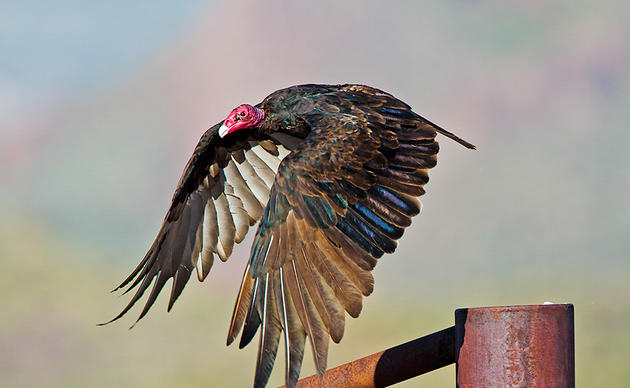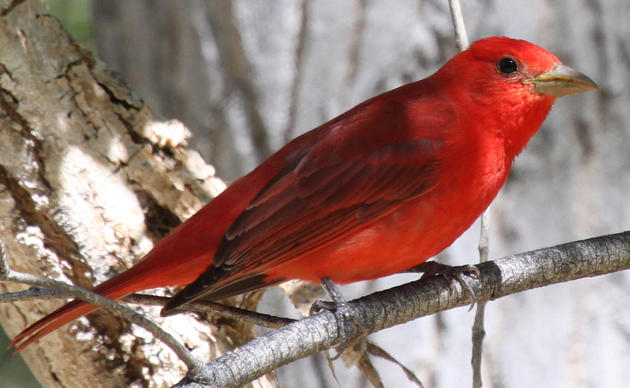Giant Cane Removal
Arundo donax was introduced from the Mediterranean region of Europe to California in the 1820's for roofing material and erosioncontrol. Additional plantings as an ornamental throughout the country have caused it tobecome naturalized along North America's fresh waterways.
Giant cane is in the grass family and can grow to 20 feet tall. While it superficially resembles bamboo, its stalks rarely exceed 1 inch in diameter. The pale green leaves are 1-2 inches wide.
This plant is very invasive. It displaces native vegetation and wildlife and is highly flammable so should be removed as soon as it is found. When fires happen, giant cane acts as a "ladder" with tall flames that spread to vegetation and buildings.
Spreading by its rhizomatous roots rather than from seed, giant reed is not easy to remove or control once established. One method of control is to smother it with a tarp. Cut and remove all stems, then cover the entire area with a heavy, light excluding tarp throughout the entire year. This works by not allowing the plant to photosynthesize. Another method done by licensed pesticide applicators is to cut down tall mature plants and remove stalks. When emerging giant reed shoots reach 2-4 feet in height and then spray with the appropriate chemical.
Ecologists have determined that the cut, regrow and spray technique is a cost-effective method to control and eventually eradicate giant reed. §
How you can help, right now
Visit us on Facebook
Keep up to date on everything happening at the Kern River Preserve and share highlight from your own visit.
Sign-up for Updates
Subscribe to our email list to know about upcoming festivals, volunteer days, and other events.
Make a Gift
Through the support of people like you, we can keep building a culture of conservation by working to protect wildlife habitat, cultural resources, and the diversity of life.


